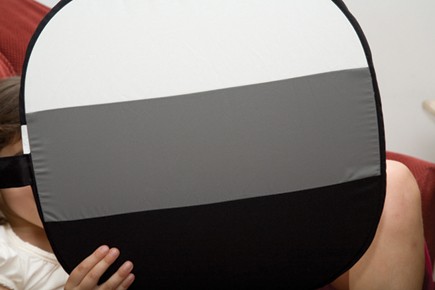The varying over or under exposure, is it from back light beyond the subjects and things of that nature?
Here are some exposure compensation settings I got from Sam Stern at the DPreview forums. He was originally talking about when using flash, but these could be a guide as a place to start with our without flash.
[FONT=Times New Roman, serif]Picture of just wedding cake + 2/3 flash comp [/FONT]
[FONT=Times New Roman, serif]Picture of just bride + 2/3[/FONT]
[FONT=Times New Roman, serif]Picture if bride and brides maids wearing light colour dresses, + 1/3[/FONT]
[FONT=Times New Roman, serif]Picture of groom (dark suit) alone, - 1/3[/FONT]
[FONT=Times New Roman, serif]Picture groom and his guys in black tuxes, - 2/3[/FONT]
[FONT=Times New Roman, serif]Picture of bride and mom (wearing dark dress) 0[/FONT]
[FONT=Times New Roman, serif]Picture of bride and mom (wearing light dress) + 1/3 to + 2/3[/FONT]
[FONT=Times New Roman, serif]Picture of bride and groom cutting white cake + 2/3 with white table cloth[/FONT]
[FONT=Times New Roman, serif]If close then + 1/3 [/FONT]
[FONT=Times New Roman, serif]Picture of dancing couple wearing black - 2/3. If real close then - 1[/FONT]
Gnerally, if the camera sees a lot dark in the scene it tends to overexpose trying to compensate. The opposite if it sees lots of light areas.
I would shoot in aperture priority for most situations.
Also, spot metering was mentioned earlier in this thread, which will work in some situations. If you are taking shots where you are including the surroundings you may need matrix.
I hope this helps. I shoot a lot of low light in a church, but not for weddings, which is probably quite different. Just thought I would pass on that EV (or flash EV) compensation guide.













![[No title]](/data/xfmg/thumbnail/35/35587-16c570d2927f2a9ea1945320686eca01.jpg?1734167214)
![[No title]](/data/xfmg/thumbnail/41/41892-d6f91fd1c816420825658ffaad56df78.jpg?1734176245)
![[No title]](/data/xfmg/thumbnail/38/38723-12789924db409b40399a402700ac823c.jpg?1734172598)